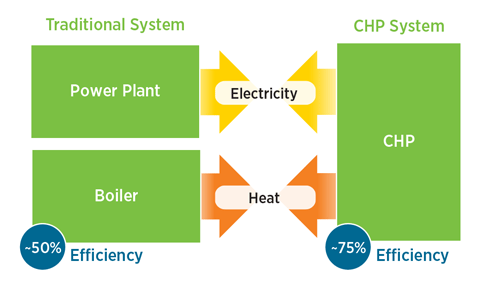Scott Ranck

Scott Ranck started his career in building with two years of training in residential construction at Williamsport Area Community College now Pennsylvania School of Technology. After his training, Mr. Ranck was involved with both residential and commercial construction for the next twenty years.
Scott has now focused his building background toward becoming a resource on residential and commercial energy issues. Mr. Ranck is a RESNET HERS energy rater, an ENERGY STAR Rating Partner, a small commercial and public building energy rater and attained his CEA (Certified Energy Auditor) and CEM (Certified Energy Manager) through the Association of Energy Engineers.
He is employed by Florida Public Utilities Corporation. Mr. Ranck chairs the Florida Natural Gas Association’s Energy Code Team. He is a founding board member and Past President of the Building Energy Assessment Professionals, a Florida registered trade association. Mr. Ranck has done energy presentations for builders, builder associations, architects, utilities, and energy conferences all over the state.
The Department of Energy defines Combined Heat-Power (CHP) as the concurrent production of electricity or mechanical power and useful thermal energy (heating and/or cooling) from a single source of energy. Simply put, CHP systems use the waste heat associated with generating on-site electricity for some other useful purpose. By using this waste heat for a secondary application, CHP systems maximize the efficiency of the input fuel by simultaneously achieving multiple objectives. In other words, CHP systems give you more bang for your energy dollar.
Read More
Topics:
Energy Conservation,
New Technology,
Energy Efficiency,
Commercial,
Industrial,
Combined Heat and Power


